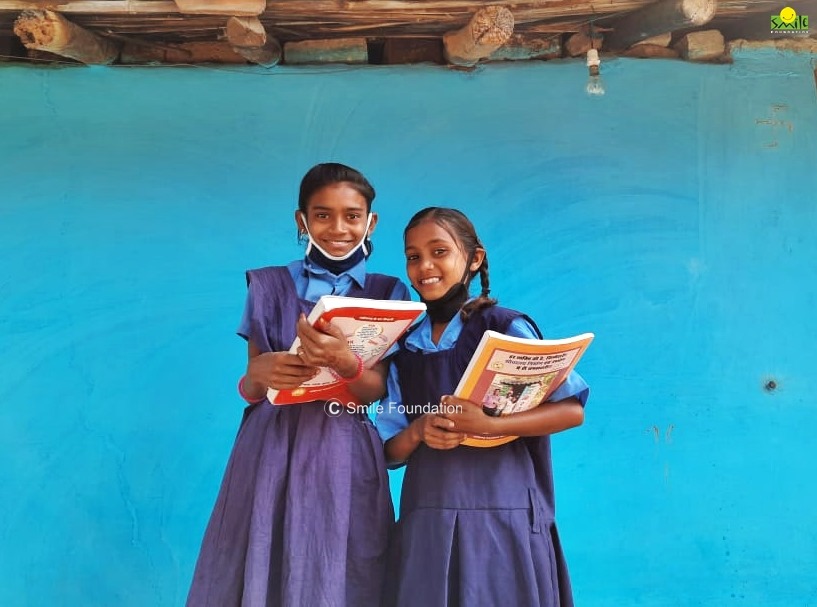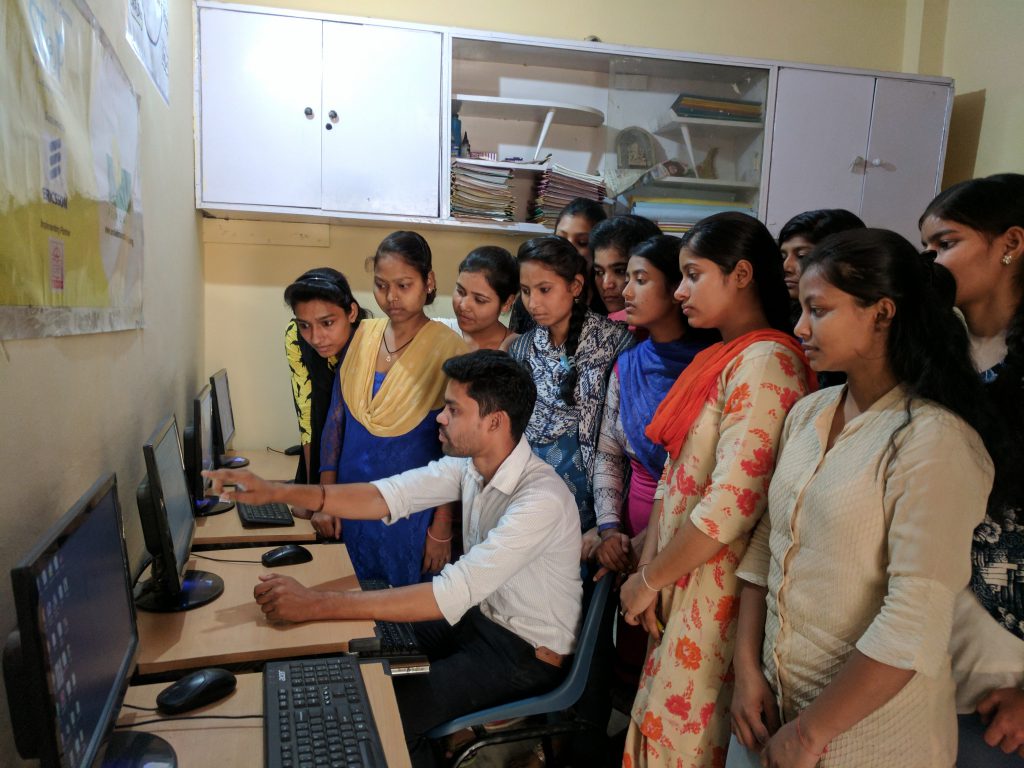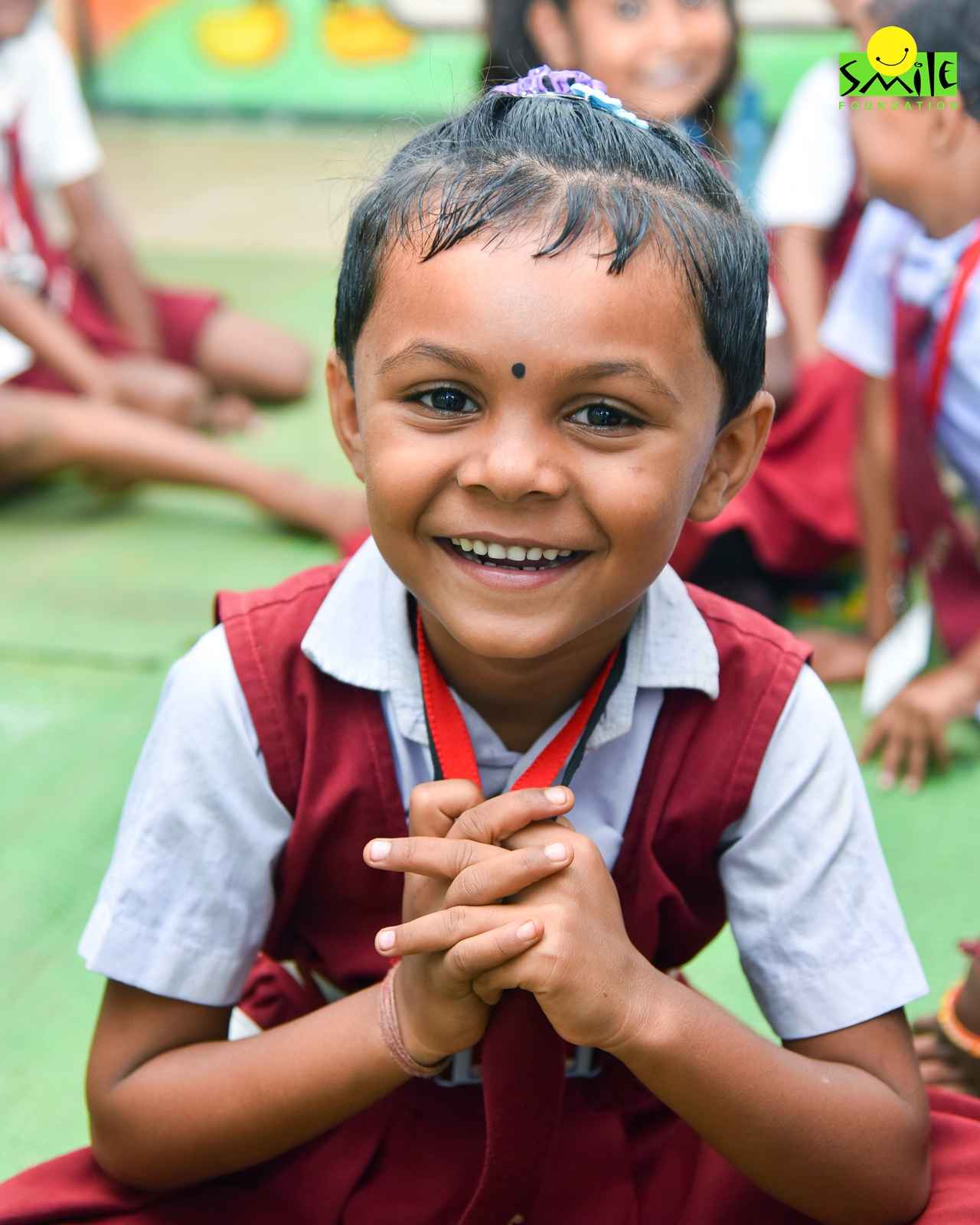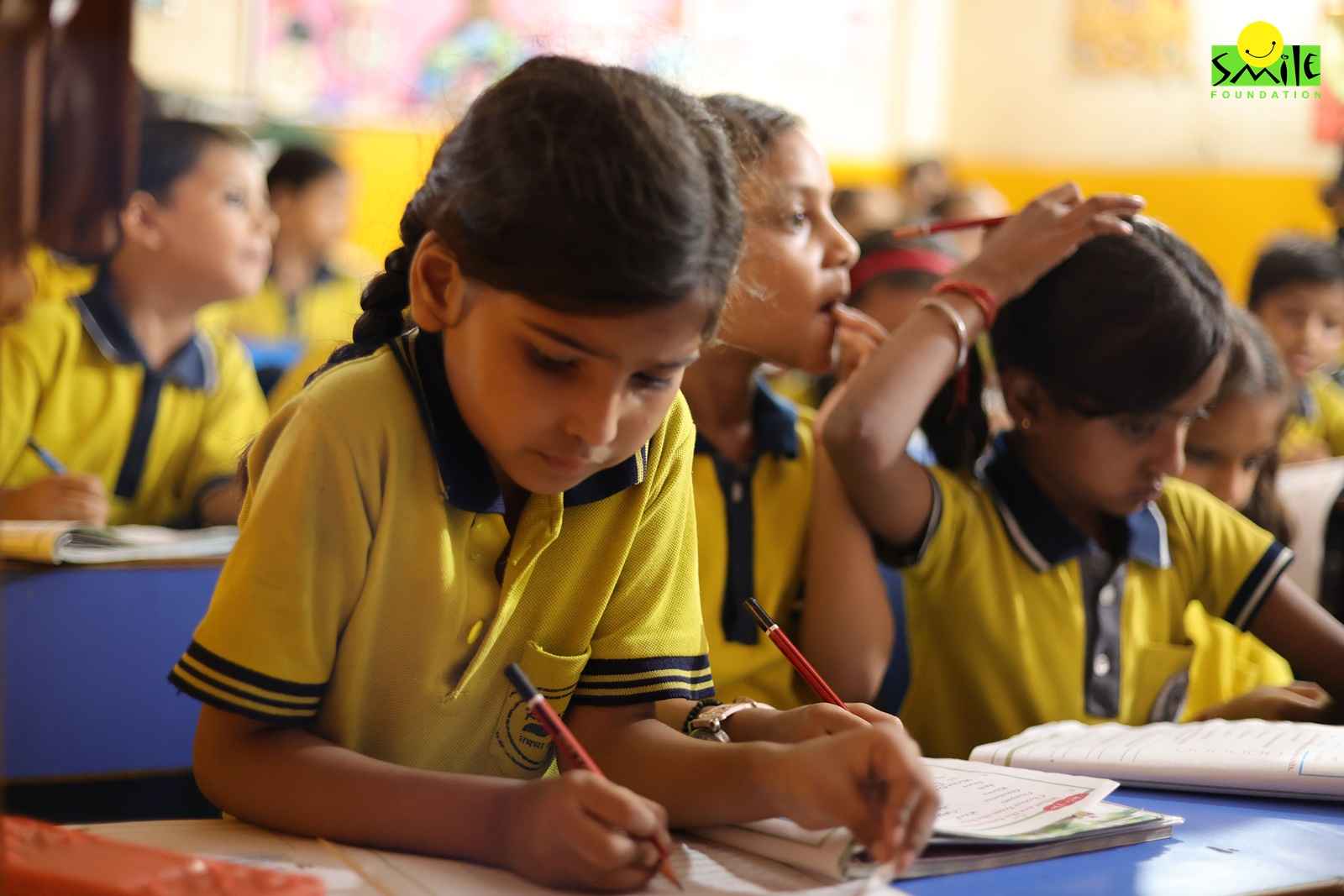Girl child education is important for the development of any country. A lot has been done over the years to empower girls through education. However, even after so many years we are far from reaching the goal. There are laws which remain unchanged and cultures which still do not allow basic rights such as schooling for girls. Women and girls continue to receive unequal pay. They experience violence at home and outside and have fewer choices. Girls are still immensely underestimated.
Scenario of Girl Child Education
According to a report by UNESCO, 132 million girls around the world are out of school. This is also a lag in educating girls which means that 34.3 million girls of primary school age are out of school. 30 million girls of lower-secondary school age do not go to school. 67.4 million girls of upper-secondary school age do not have access to education. In most of the developing or under-developed countries there are major hurdles to education of a girl. Some of them are poverty, violence, lack of toilets, child marriages.
Bridging the Gap
In India, a lot has been done for to send girls to school. The Beti Bachao, Beti Padhao campaign has been successful in increasing the enrolment rates of girls. The gross enrolment ratio of girls across all levels of education is now higher than boys. At the elementary level it is 94.32 % as contrasted with 89.28% for boys. The secondary level has 81.32 per cent girls as against 78 % boys. At the higher secondary level girls have achieved a level of 59.7% compared to only 57.54 per cent for boys.
The MHRD has sanctioned 5,930 Kasturba Gandhi Balika Vidyalayas under the Sarva Siksha Abhiyan to boost learning for girl child. These are residential schools for girls who belong to the weaker section of the society. These Vidyalayas have an enrolment of 6.18 lakh.
Under the National Scheme of Incentives to Girls for Secondary Education launched in May 2008 an amount of Rs 8.56 crore has been sanctioned to 28,547 beneficiaries. In addition the scheme also provides Rs 3,000 which is deposited in the name of eligible unmarried girls below 16 years of age. The amount can be withdrawn along with interest only when the girl is 18 years of age and after passing standard X.
Other schemes like Sukanya Samridhi Yojana, Balika Samriddhi Yojana, National Scheme of Incentives to Girls for Secondary Education and CBSE Scholarship Scheme/Policy for Girl child literacy were introduced to uplift the condition of female literacy.
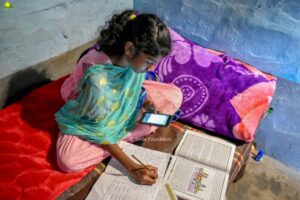
Shiksha Na Ruke
The spread of the pandemic and shutting down of schools has had a negative impact on school going girls. Girls are not only at a risk of not returning to school but also face a of being more involved in household chores. Many of the girls will be married off and discouraged to get an education by the family.
It is equally important and urgent that parents and the community be sensitized for the empowerment of the girls in India. Smile Foundation through it’s campaign Shiksha Na Ruke is working extensively across India to reduce the gap in education. Education of girls is a special focus of the campaign.
Teachers are conducting online classes and cluster classes for children who have limited access to resources for their education. Class notes are delivered at home. In some places loudspeakers were installed across the entire village so that the teachers could teach the students together. Furthermore, motivational sessions for teachers and sensitization drives for parents and community were conducted regularly.



